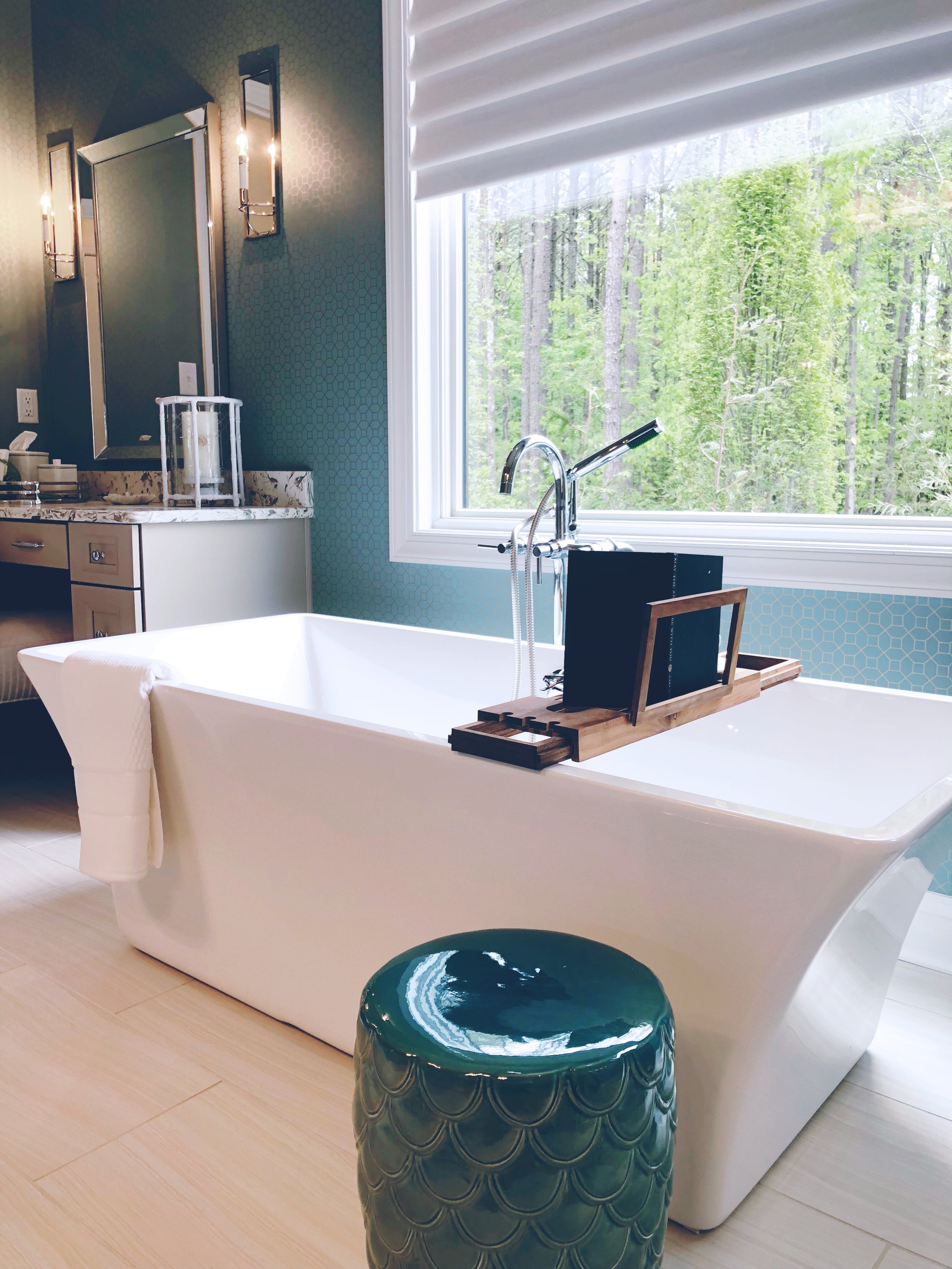Flip or Reno - What's the Difference?
HGTV has been showing us how to DIY, renovate and flip homes for years with shows like Fixer Upper, Flip or Flop, and coming soon The Housleys for years. It is no surprise then that renovated homes have risen in popularity with many people making home flipping their primary business. Unfortunately, not every person swinging a hammer and tearing down a wall is Chip Gaines. With so many updated properties coming to the market it is important to know the difference between a flip and a renovation. Some people may tell you that a flip and a reno are the same thing. In a sense they are correct, but I personally define them as different things. I define a flip as a home purchased at a low price that receives surface level, cosmetic updates and then is re-listed quickly after its original purchase for a higher price. A renovation is a home purchased at a lower price that is gutted so the mechanical workings of the home can be updated as well as the cosmetic ones. Then it is listed again, for a higher cost. The big difference: purely cosmetic updates vs mechanical + cosmetic updates. So how do you spot a flip vs a renovation if all the main differences are inside the walls?
Uneven Floors
If you’ve been looking for a while you’ve probably seen an example of this work. If you’ve had to “step up” in a kitchen or a bathroom so you don't stub your toe on the freshly tiled floor it is likely the home is a flip or a homeowner DIY. When a seasoned renovator has updated a home with new flooring they have taken the time to remove the old flooring and make a seamless transition between the two rooms or flooring types.
Sagging Ceilings
This means there is a larger problem. The sagging can mean one of two things. Options one is the drywall has gotten wet from a pipe leaking or bursting - which is a large issue that will need to be addressed inside the wall. Another potential cause is the installer used the wrong size drywall and the weight of the insulation or the span between the beams cannot be supported by the thinner drywall. This is a rookie mistake and will end up being an issue you will have to fix down the road if you purchase the home.
Odd Placement of Appliances
An odd placement of appliances means someone likely didn’t come in and redo the electrical and plumbing. Yes, the person flipping the home may have redone it and just used a poor designer or tried to save money by keeping certain elements where they already were. At the end of the day though do you want a home that someone updated in some ways but not in others? Or a home updated by someone who couldn’t spend the extra time or money to make your kitchen more functional? I wouldn't suggest it to my buyers, but hey! Some people like funky kitchens.
Uneven Trim Work or Details
I firmly believe that true workmanship shows in the details of a home. Often buyers are so excited to walk through their potential new home that they forget to look closely at the more intimate parts details. Stop and look at the trim on the ceiling, the grout in the tile, and the paint on the walls. If these items are even and clean I would make a bet that the renovator took the extra time and care with other updates in the home. Now, all that said, I’m not saying that every flip is a terrible purchase, that people don’t put lipstick on pigs (if you’ve never heard this phrase it means making something pretty that typically isn’t) or that people don’t hide things by making the surface look good. If you look at a newly updated home just be sure to pay close attention to the details and ask the seller/renovator questions about the work. Not sure what questions to ask? View my list of renovator questions here. Above all else, get an inspection on a renovated property. You won't be sorry you did.
Happy Hunting,
Jess



